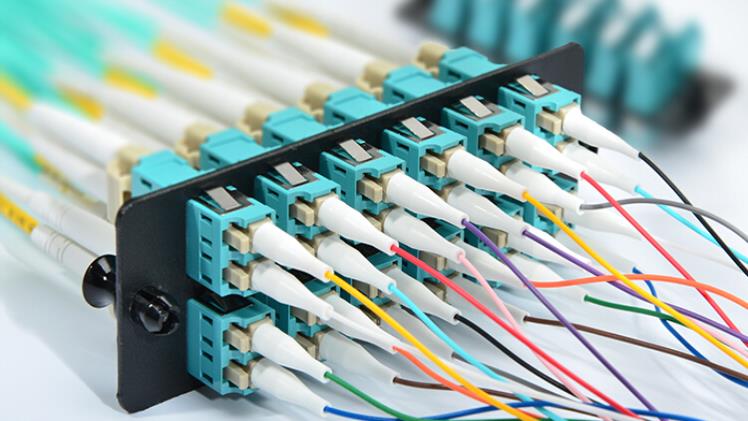Fiber optic is the newest edition of technology and information transmission. It is faster than the older Wi-Fi and safer than your VPN. When it comes to maintaining quality with time, fiber optic cables are indeed taking over the market. There are several varieties of fiber optic connectors and insulators available in the market. Jacketing and connecting material depend on the work criteria of the fiber. For example, if you need faster transmission on different ranges, you will need fiber with a minor core diameter. Single modules are the best for this job. With more or less eight millimeters of diameter, the single fiber optic modules can do your job perfectly. But, if you are looking for the perfect connector for your property and bulk information is the issue here, then single modules are not the option. Here you will need Multi-modular fiber optics. Fiber optic pigtails are the end connectors of a fiber optic line. Here one end remains open as several strands, and the pigtails have a rigid connector. The end-stage connector is present in most fiber. Here in this article, we will get to know about different pigtail materials and their advantages.
Fiber optic pigtails variety
You can classify the fiber optic pigtails according to the number of splicing’s. Usually, six or twelve splices make one pigtail of fiber. Also, you can differentiate these pigtails depending on the Jacketing materials. Fiber optic pigtails do not have Jacketing on them like the jumpers. But, some outdoor settings require Jacketing of the fiber to ensure safety and the best performance. Here are also two varieties of fiber optic pigtails. One comes with a yellow Jacketing that encodes for the multimodal system. The core is usually fifty to sixty-two Millimeters in diameter. One side of the fiber is open to connecting with the transponders, and the other side has a 10G connector. This 10G connector has two different varieties itself. OM3 and OM4 both connect with the 10G module with different color codes. You can differentiate the fiber optic pigtails by different varieties of connectors with it. Usually, SC, ST, and FC varieties are the most common pigtails nowadays.
Difference between a pigtail and jumper
Most people confuse a fiber optic jumper with pigtails. These two have very similar patterns and work processes, but pigtails and jumpers are not the same. The main difference between a fiber optic jumper and pigtails is the jumpers having Jacketing. Also, Most fiber optic jumpers will have a single-module or multi-module Jacketing. Here, the pigtails very commonly come with no Jacketing at all. Another difference that stands out between these jackets and pigtails is the connectors. Fiber optic jumpers usually come with a connector on both ends. But, in the case of fiber optic pigtails, there are connectors only on one side. The other side comes with several splices depending on the use. Let us get to know something about the splicing techniques.
Fiber optic pigtails splicing process
Fiber optic pigtails are a far better option than the jumper and other varieties available in the market. The one end of the pigtails comes directly from the factory settings. So, the accuracy rate is much higher than the field splicing protocols. You can splice the ends within a minute with an access splicer. The numbers depend on the use of the pigtails. It is an excellent way to splice a few feet ahead then you need. If any miscalculation or problem occurs, you can quickly solve it by taking the extra parts out.
